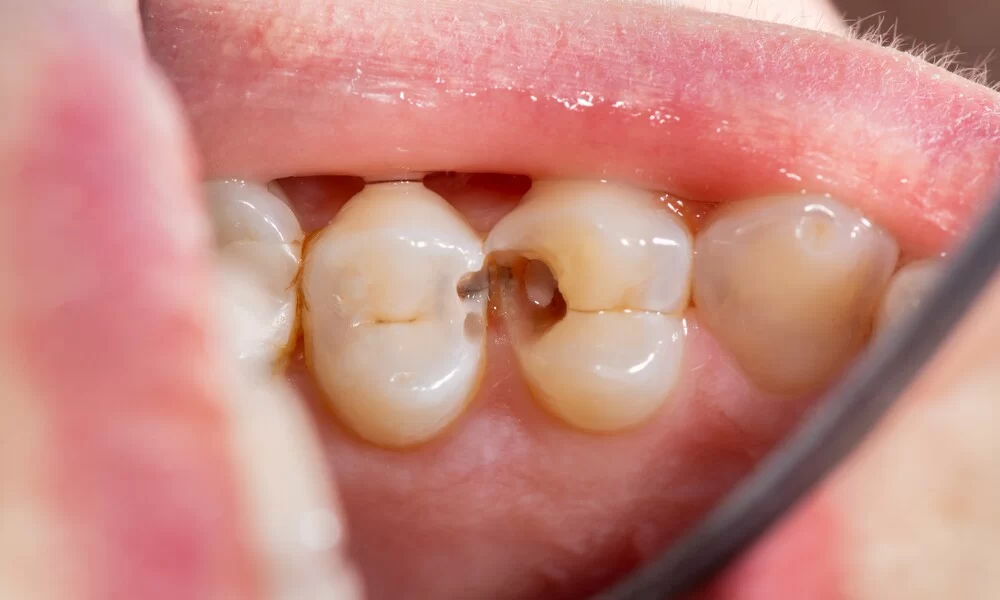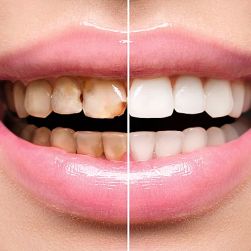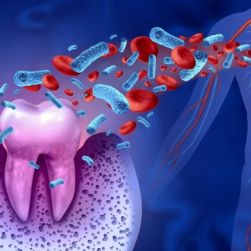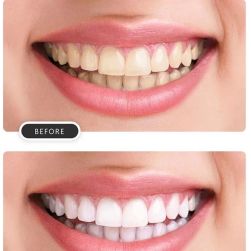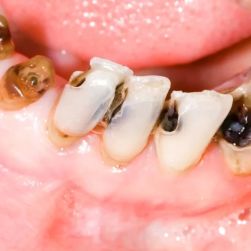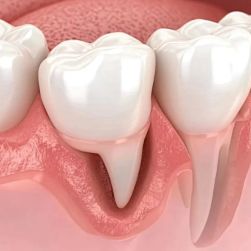Causes of Cavities in Baby Teeth and How to Treat Them Effectively
- Understanding Cavities in Baby Teeth
- Common Causes of Cavities in Babies
- How to Treat Cavities in Baby Teeth
- How to Prevent Cavities in Baby Teeth
- Real-Life Examples and Stories
Understanding Cavities in Baby Teeth
Dental cavities in baby teeth are a common concern for many parents. These early signs of tooth decay can be alarming, but with the right approach, they can be treated and prevented. Baby teeth, also known as primary teeth, play a crucial role in a child's development by helping with speech, eating, and the proper alignment of adult teeth. While these teeth eventually fall out, it’s still important to address cavities in baby teeth to avoid complications that could affect the permanent teeth.
Common Causes of Cavities in Babies
Cavities in baby teeth can be caused by a variety of factors. Understanding the root causes is essential for effective prevention and treatment. Here are the most common culprits:
1. Poor Oral Hygiene
One of the primary causes of cavities in baby teeth is poor oral hygiene. When food particles and bacteria are left on the teeth, they form plaque, which leads to decay. If not properly cleaned, the bacteria can erode the enamel of baby teeth, causing cavities.
2. Sugary Diets
Frequent consumption of sugary foods and drinks, such as fruit juices, soda, and candies, can contribute to cavities in baby teeth. The sugar interacts with the bacteria in the mouth, producing acids that attack tooth enamel and cause decay.
3. Nighttime Bottle Feeding
One of the biggest risks for babies is nighttime bottle feeding. When babies fall asleep with a bottle of milk or juice in their mouths, the sugars stay in contact with their teeth for long periods, increasing the risk of cavities. This is why it’s important to clean their teeth after every feeding.
How to Treat Cavities in Baby Teeth
If your child has developed cavities in their baby teeth, it’s crucial to act quickly. Depending on the severity of the cavity, treatment can range from basic intervention to more advanced procedures. Here are a few options:
1. Regular Dental Checkups
Regular dental checkups are essential to catch cavities early. A pediatric dentist can spot the signs of decay and recommend the best treatment plan for your child. If cavities are detected in their baby teeth, your dentist may recommend fillings or fluoride treatments to help restore the teeth.
2. Fillings
If the cavity is too large to be treated with fluoride, a filling may be necessary. The dentist will remove the decayed portion of the tooth and fill it with a material such as resin, composite, or stainless steel. This procedure helps preserve the structure of the tooth and prevent further damage.
3. Pulpotomy
In severe cases where the cavity has reached the pulp of the tooth, a pulpotomy may be required. This procedure involves removing the infected pulp and sealing the tooth to prevent further infection. It may sound intimidating, but it’s a common and effective treatment for preserving baby teeth.
How to Prevent Cavities in Baby Teeth
Prevention is always the best approach when it comes to cavities. Here are some steps you can take to ensure your baby’s teeth stay healthy and cavity-free:
1. Proper Oral Hygiene
Start brushing your baby’s teeth as soon as they appear. Use a soft-bristled toothbrush and a tiny amount of fluoride toothpaste. For infants, you can also clean their gums with a damp cloth after feedings. As they grow older, make sure they brush at least twice a day and floss regularly.
2. Limit Sugary Snacks and Drinks
Reducing the amount of sugary snacks and drinks in your child’s diet is essential for protecting their teeth. Opt for healthier snacks like fruits, vegetables, and cheese. Avoid giving sugary drinks before bedtime and always clean their teeth afterward.
3. Fluoride Treatments
Fluoride is a natural mineral that strengthens tooth enamel and helps prevent cavities. Ask your pediatric dentist about fluoride treatments or fluoride supplements, especially if your area’s water supply is not fluoridated.
4. Don't Put Baby to Bed with a Bottle
To prevent nighttime decay, never let your baby fall asleep with a bottle of milk, juice, or formula. If your baby uses a bottle to comfort them to sleep, fill it with water instead.
Real-Life Examples and Stories
Many parents have dealt with the challenge of cavities in baby teeth and have found effective ways to manage and prevent them. Take Sarah and her 2-year-old son Max, for example. Sarah noticed that Max had a small dark spot on one of his front teeth. Concerned, she took him to the dentist, who diagnosed it as a cavity. Thankfully, with a quick fluoride treatment and some changes to Max’s diet and oral hygiene routine, the cavity was stopped in its tracks, and he didn’t need a filling. Sarah now makes sure to brush Max’s teeth twice a day and has cut back on sugary snacks to help prevent future issues.
In another case, Kevin, a father of two, noticed that his daughter Emma was complaining of tooth sensitivity. After seeing a pediatric dentist, Kevin discovered that Emma had several cavities. The dentist recommended fillings and discussed the importance of good dental hygiene practices. Kevin has since become more vigilant about their family’s oral care and ensures that both of his children follow a strict brushing and flossing routine.
These stories highlight how early detection and proactive care can help manage cavities in baby teeth, saving your child from potential pain and future dental complications.
If you’re concerned about your child’s dental health and want to learn more about preventing and treating cavities, consider scheduling an appointment with a pediatric dentist today. Early care is the best way to protect your child’s smile and ensure their teeth are healthy for years to come.

